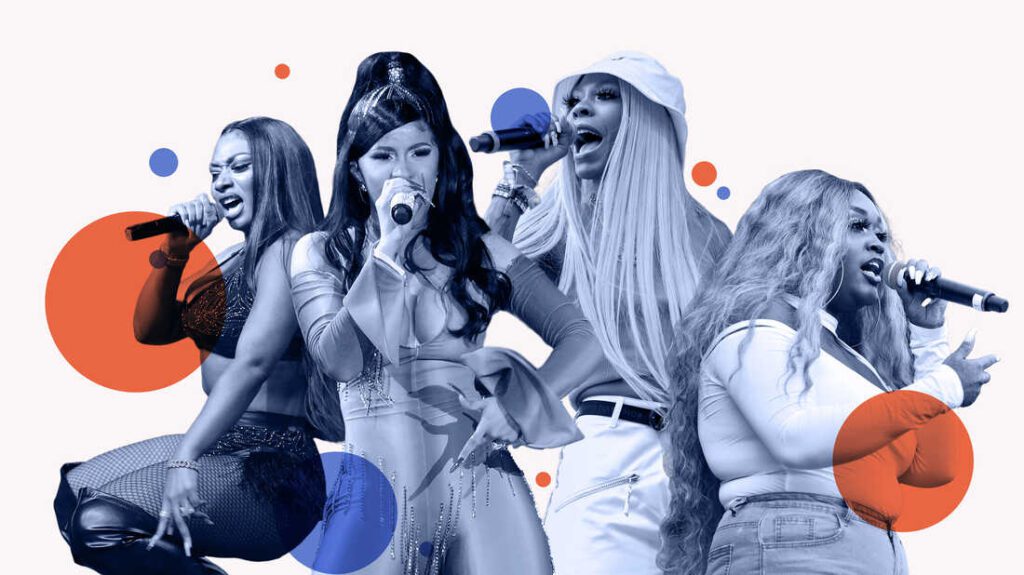War and Harmony: Analyzing the Role of the Military in Art and Music
War has been a prevalent theme throughout human history, deeply influencing various art forms, including music. This article explores the role of the military in art and music, analyzing how war has shaped creative expressions and examining the themes and messages conveyed through these art forms.
Artists have long been fascinated by the military and have often chosen it as a subject for their works. Painters have captured scenes of battlefields, soldiers, and military tactics, conveying the heroism, tragedy, and emotional toll of war. Francisco Goya’s “The Third of May 1808” is a notable example, depicting the brutality of war and critiquing the violence committed by the military.
Musicians have also been influenced by the military and incorporated its themes into their compositions. Military music, characterized by drums, bugles, and brass instruments, instills discipline, unity, and patriotism. Composers like Beethoven have composed works like “Wellington’s Victory,” reflecting their patriotic sentiments and incorporating military sounds.
While war is associated with destruction and suffering, it has inspired artists to reflect on its impact on society. Artists have used their art as a means of protest, highlighting the horrors of war and advocating for peace. Picasso’s “Guernica” symbolizes the devastating effects of war and has become an iconic anti-war painting.
Art and music have also provided healing for those affected by war. Veterans and soldiers turn to art therapy and music as a means of expression and finding solace. Organizations like “Warrior Songs” help veterans share their experiences through music, allowing them to process trauma and connect with others.
The military’s influence on art and music is undeniable. It has inspired creativity, depicted the heroism and tragedy of war, and served as a means of protest. Art and music have also been powerful healing tools, offering solace and expression for those affected by war. This relationship reflects the wide range of emotions and experiences associated with war and harmony.
War and Harmony: Analyzing the Role of the Military in Art and Music
Introduction
War has been a prevalent theme throughout human history, and it has deeply influenced various art forms, including music. The military, often associated with war, has provided artists and musicians with inspiration for centuries. This article aims to explore the role of the military in art and music, analyzing how war has shaped creative expressions and examining the themes and messages conveyed through these art forms.
The Military as a Subject of Art
Artists have long been fascinated by the military and have often chosen it as a subject for their works. Throughout history, painters have captured scenes of battlefields, portraits of soldiers, and depictions of military tactics. These artworks not only serve as historical records but also convey the heroism, tragedy, and the emotional toll of war.
One of the most famous examples of military-inspired art is Francisco Goya’s “The Third of May 1808.” This painting depicts the execution of Spanish civilians by French soldiers during the Peninsular War. Goya’s work not only represents the brutality of war but also serves as a powerful criticism of the violence and atrocities committed by the military.
Military Influence on Music
Like visual artists, musicians have also been influenced by the military and have incorporated its themes into their compositions. In fact, military music has a long history that dates back to ancient times when it was used to coordinate armies and inspire soldiers in battle.
Military music later evolved into a distinct genre, characterized by its use of drums, bugles, and other brass instruments. This type of music was not only performed on the battlefield but also during military parades and ceremonies. It served to instill a sense of discipline, unity, and patriotism among troops.
Furthermore, military music has influenced classical composers such as Ludwig van Beethoven, whose “Wellington’s Victory” was a musical tribute to the Duke of Wellington’s victory over Napoleon at the Battle of Vitoria in 1813. This composition incorporated military sounds, including gunfire and marching drums, and was a reflection of the composer’s patriotic sentiments.
War as a Source of Inspiration
While war is often associated with destruction and suffering, it has also inspired artists to create works that reflect on its profound impact on society. Many artists have used their art as a means of protest, highlighting the horrors of war and advocating for peace.
Pablo Picasso’s “Guernica” is a prime example of a powerful anti-war painting. Created in response to the Spanish Civil War, the painting depicts the bombing of the town of Guernica. Through its fragmented and distorted imagery, Picasso captured the chaos, pain, and devastation caused by war. “Guernica” has since become an iconic symbol of the horrors of conflict.
Art and Music as a Means of Healing
Art and music have also provided a means of healing and solace for those affected by war. Veterans and soldiers returning from war often find solace in participating in art therapy programs or turning to music as a form of expression.
Organizations such as “Warrior Songs” in the United States help veterans and their families share their experiences through music. These initiatives provide a platform for individuals to express their emotions, process their trauma, and connect with others who have had similar experiences.
Conclusion
The military’s influence on art and music is undeniable. Artists have depicted the heroism and tragedy of war, composers have composed stirring military music to inspire troops, and art has been utilized to protest against conflicts. Nonetheless, art and music have also served as healing tools, offering solace and a means of expression for individuals affected by war. The relationship between war, the military, and creative expression is complex and multifaceted, reflecting the broad spectrum of human emotions and experiences associated with war and harmony.
